Five Key Moments In 2015 Migrant Crisis
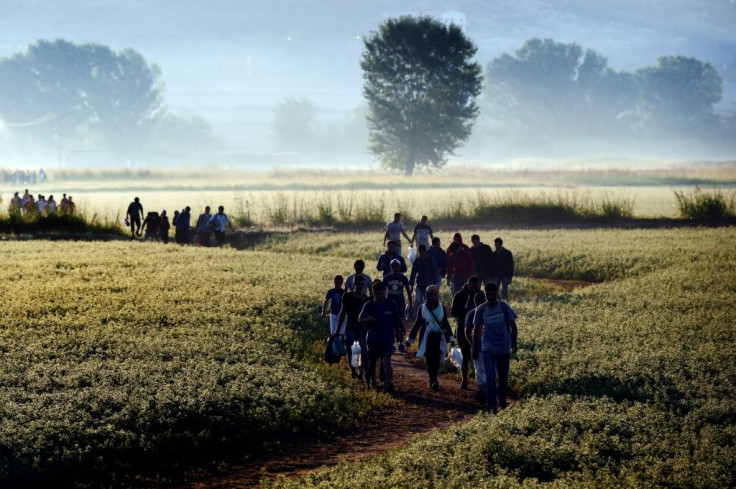
A dramatic shipwreck in the Mediterranean, a child's lifeless body on a beach, the shilly-shallying of politicians, borders opening and shutting -- these are some of the enduring images of Europe's 2015 migrant crisis.
In the night of April 18-19, 2015, a small blue trawler coming from Libya capsizes and sinks under the horrified eyes of the crew of the "King Jacob", a Portuguese freighter sent to help.
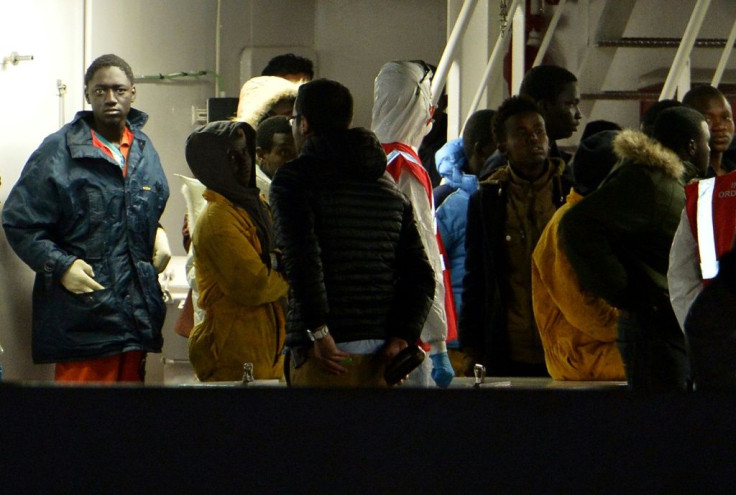
Only some 30 survive among the more than 800 migrants who had been crammed on board the trawler, making it the worst tragedy of recent decades in the Mediterranean.
The scale of the disaster and the chilling accounts of survivors provoke a wave of outrage and push the European Union to strengthen its presence off the Libyan coast. In 2016 an Italian court sentences the Tunisian captain of the trawler to 18 years in jail.
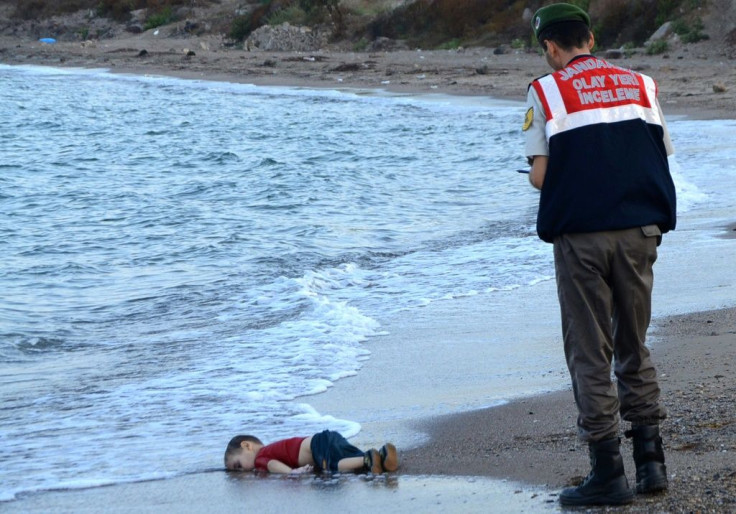
Wearing a red T-shirt and blue shorts, the small lifeless body of a boy lies on a Turkish beach. Aylan was three years old. He had come from Syria and drowned with a dozen or so other people, including his five-year-old brother, as they tried to reach a Greek island.

The heartbreaking image toured the world, appearing on newspaper front pages and sparking a flurry of donations for asylum seekers. It was as though the migrants crisis, so often told through numbers, had found a human face.
In total more than a million people reached Europe via the sea in 2015. Among them, more than 850,000 arrived on Greek shores, the majority Syrians fleeing their war-torn country.
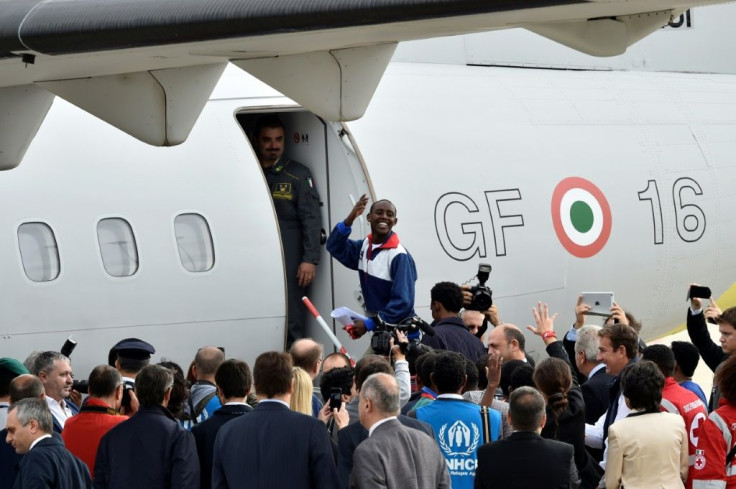
Summer 2015: faced with a record number of arrivals, European leaders vacillate and argue over how to deal with the situation. Fearing a humanitarian crisis, Germany's Chancellor Angela Merkel takes a stand, and her decision is a landmark moment.
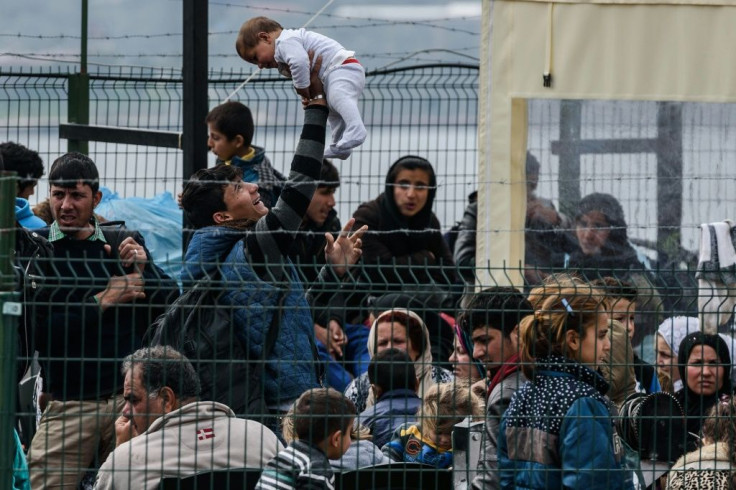
In August she announces Germany will no longer send asylum seekers back to their country of first entry into the EU, as rules require.
And on September 5 she says the country is ready to welcome the thousands of migrants heading to the Austrian-Hungarian border.
Dubbed "Mama Merkel", the chancellor is hailed by Syrian asylum seekers and praised by those who believe she has saved Europe's honour. But her decision also provokes a backlash in Germany and other European countries who criticise her for encouraging an influx.
Amid increasing numbers of arrivals, Germany nevertheless reintroduces border controls in mid-September. Austria, Slovakia and the Czech Republic quickly follow suit -- effectively suspending Europe's borderless Schengen system.
On October 9, 2015, some 20 Eritreans, smiling under the flashes of photographers' cameras, board a plane in Rome. These men and women, rescued off the Libyan coast and taken to Italy, are now headed for Sweden.
The transfer is the first realisation of the hard-won "relocation" plan adopted the previous month to take the pressure off Greece and Italy. European countries are supposed to redistribute some 160,000 asylum seekers over two years, most of them on a quota system.
The plan is sluggish to take off. Some countries drag their feet, others such as Poland and Hungary refuse to carry it out, despite its being compulsory.
Some 35,000 people are relocated in the end and the plan, supposed to embody Europe's solidarity, becomes a symbol of division.
As spring 2016 approaches, the situation changes radically. Borders close along the Balkan route from Macedonia to Austria, where a corridor allowing migrants to pass has been in place since summer 2015.
And on March 18, the European Union and Ankara reach a controversial deal that envisages the systematic return to Turkey of all migrants who arrive in Greece.
The outcome is a drastic drop in the number of arrivals in Europe, but tens of thousands of migrants find themselves stranded in Greece, raising fears of a humanitarian crisis. And Europeans remain nowhere near resolving their quarrels over migrants.
© Copyright AFP {{Year}}. All rights reserved.





















